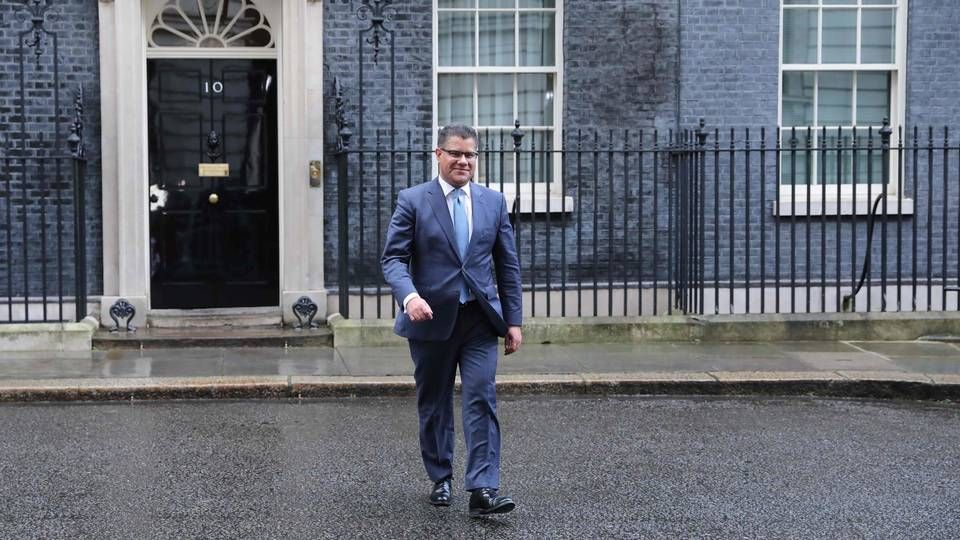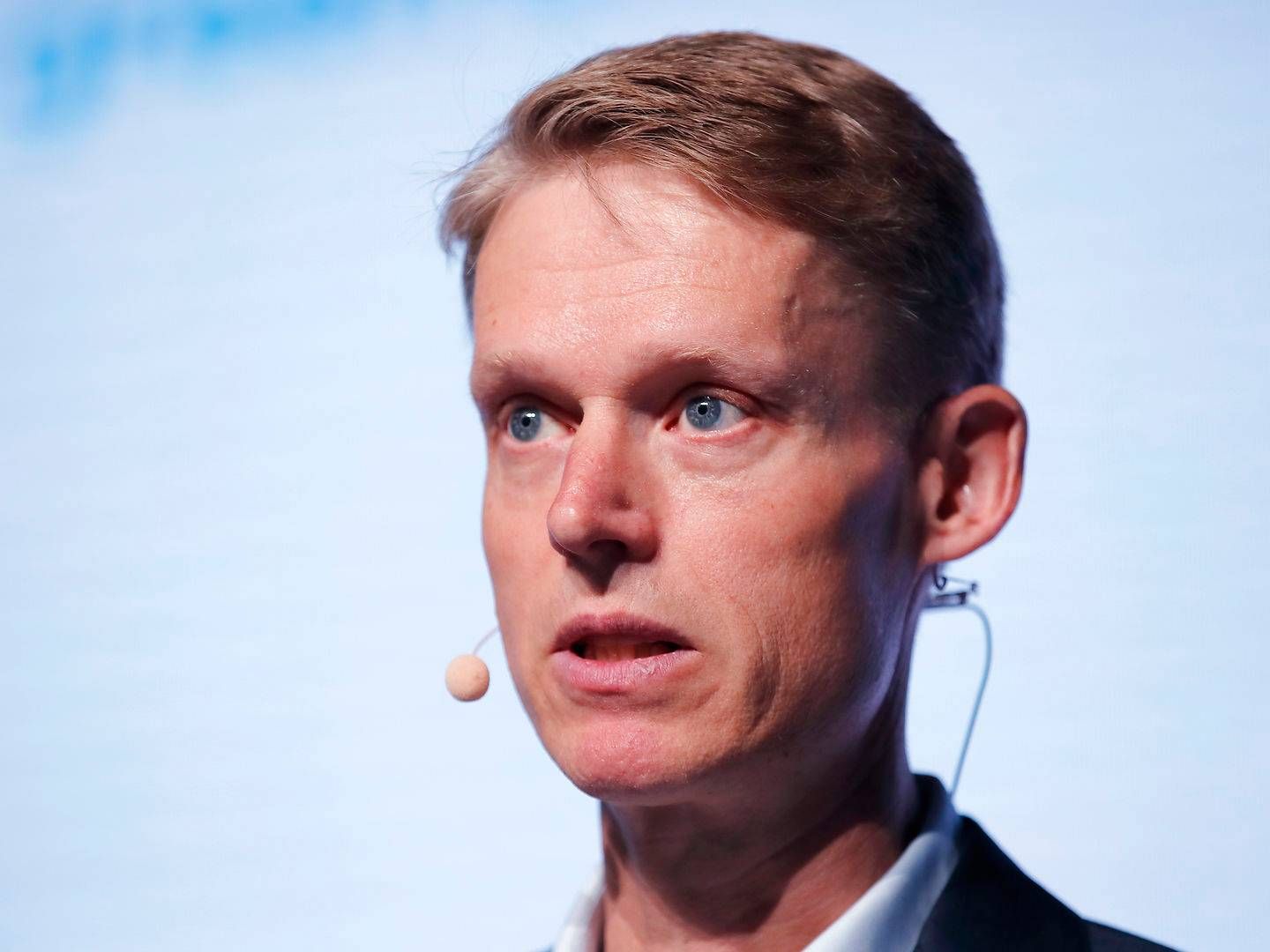Boris Johnson fires energy minister

These are difficult times for women in British energy and environmental politics. Little more than a week after Prime Minister Boris Johnson sacked the president of the upcoming UN COP26 summit in Glasgow, Claire O'Neill, the head of government kicks out another couple of people, namely Energy Secretary Andrea Leadsom and Environment Secretary Theresa Villiers.
"What the Prime Minister giveth, the Prime Minister taketh away," states the latter sardonically on her dismissal – in contrast to O'Neill, who slammed the door straight in the face of Johnson with an irate letter and the statement that the Prime Minister "doesn't get" climate change.
But just as the COP president's sacking might have been in the cards for a while, it's no great surprise to observers of British politics that Leadsom and Villiers were sacrificed in Johnson's reshuffle following Brexit. Both of them after having held their positions for little more than half a year.
However, the energy minister was tipped by some to instead take over the presidency of COP26 rather than, as became the case, being banished to the backmost benches in the House of Commons.
Dual role
Instead, Johnson has appointed Alok Sharma as both energy secretary and COP president. The 52-year-old minister for international development is a relatively blank page in energy politics. Initially, he'll present the government's delayed white paper on its future energy policy and the road toward the declared carbon-neutrality by 2050.
However, during the election campaign in December, a concrete goal was announced for the Brits to have 40 GW of offshore wind by 2030 – an upgrade of the previous target for 30 GW, and 30 GW more than what's currently installed.
Moreover, a major part of this year's focus will probably be turned toward COP26 in November. The climate summit in Glasgow stands to become the most crucial one since Paris in 2015 – not just because the targets set at that time must be reconfirmed and updated in terms of the current declarations, which are being met to only a limited extent at best, but also because there's a need for concrete solutions to global problems.
Among others, these include the matter of a global CO2 market and the exchange of climate credit – the so-called Article 6 – something none of the latest two disappointing climate summits succeeded in settling.
English Edit: Jonas Sahl Jørgensen
Related articles
Ørsted walks its own Brexit path
For subscribers

















.jpg&w=384&q=75)






